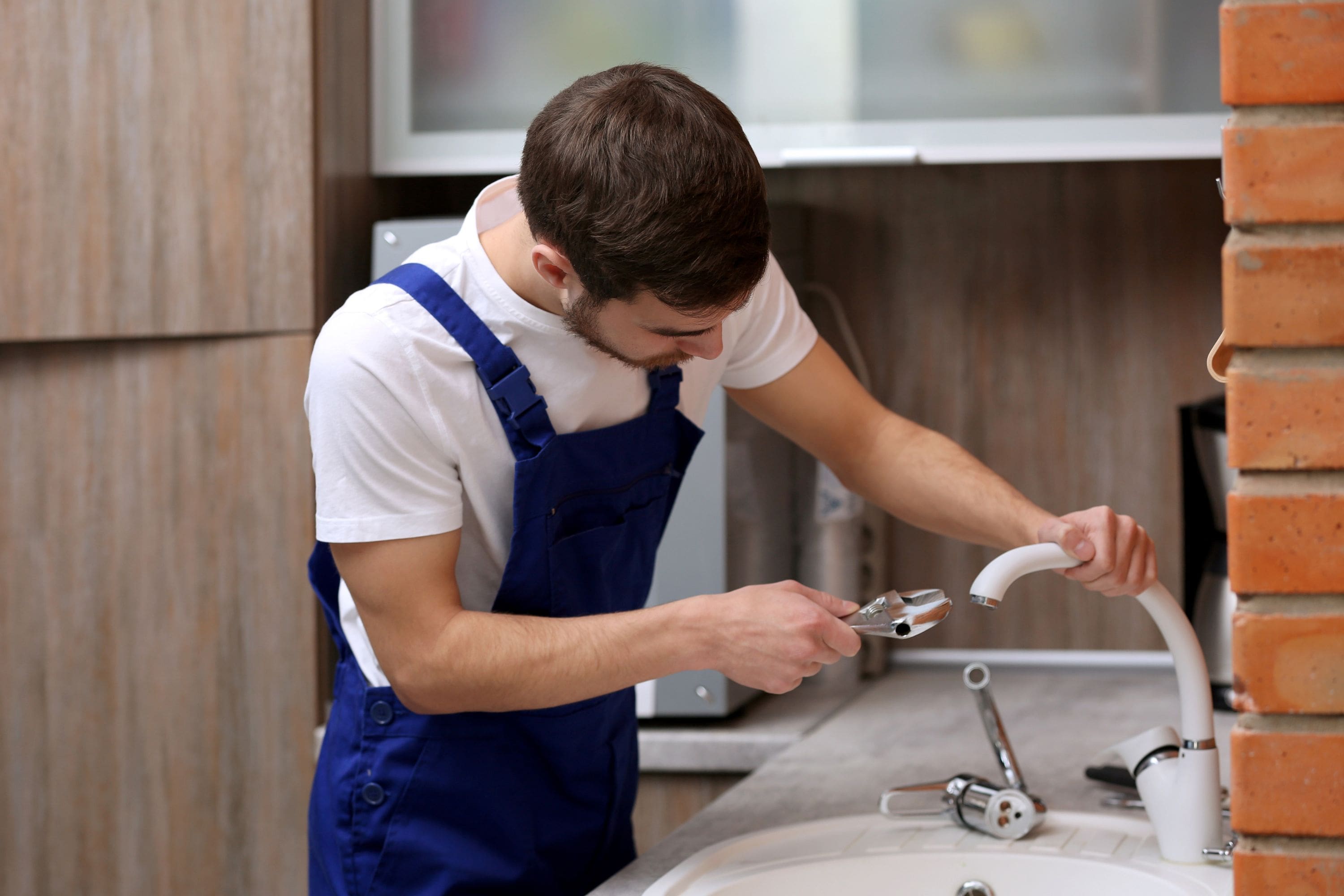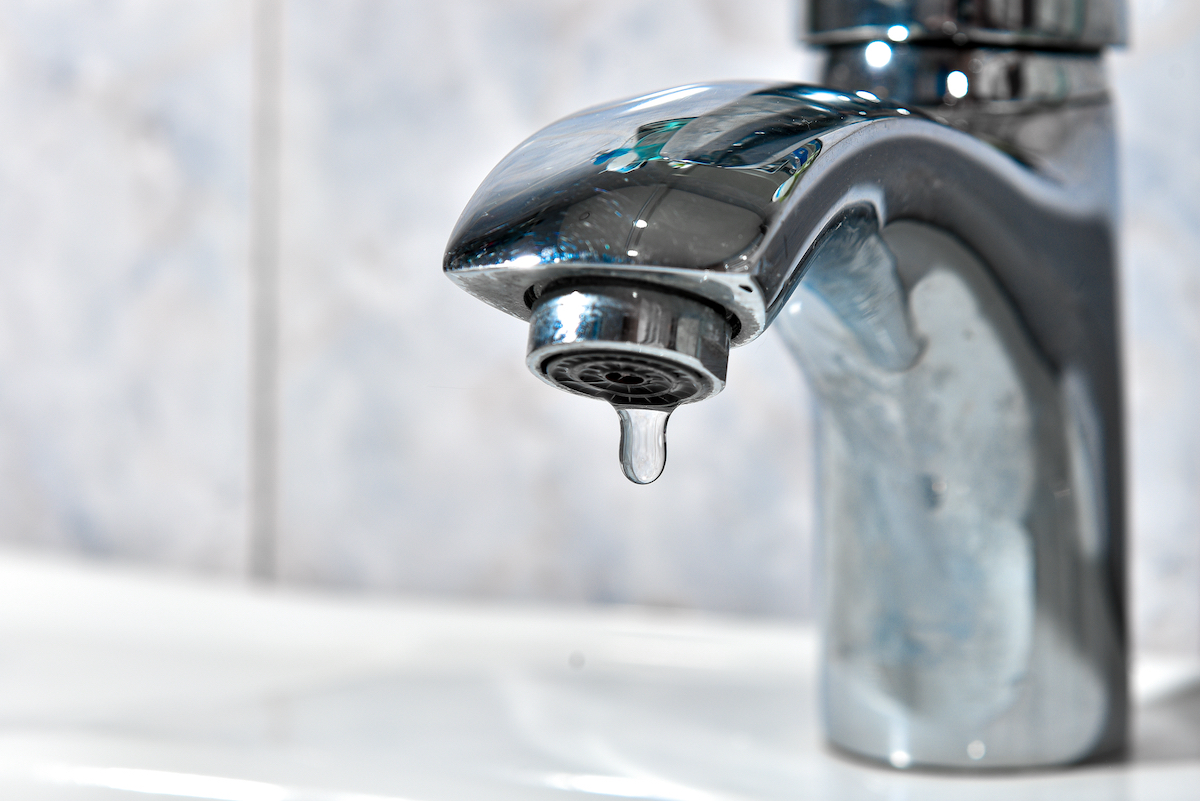Our Significance of Fixing a Faulty Faucet
Our Significance of Fixing a Faulty Faucet
Blog Article
How do you really feel about Leaky Faucets: Why They Happen & What to Do About Them?

Dripping faucets may appear like a minor hassle, however their effect exceeds simply the aggravation of the audio. From drainage to sustaining unneeded economic prices and wellness threats, overlooking a leaking faucet can lead to various consequences. In this write-up, we'll look into why it's critical to resolve this typical home issue without delay and successfully.
Waste of Water
Environmental Influence
Leaking faucets contribute significantly to water waste. According to the Environmental Protection Agency (EPA), a solitary faucet dripping at one drip per secondly can waste more than 3,000 gallons of water per year. This not only pressures water sources but additionally impacts communities and wild animals based on them.
Step-by-Step Guide to Taking Care Of a Dripping Tap
Tools Called for
Prior to attempting to take care of a trickling faucet, gather the essential tools, including an adjustable wrench, screwdrivers, replacement parts (such as washers or cartridges), and plumber's tape.
Typical Tap Issues and Their Solutions
Recognize the type of faucet and the particular problem creating the drip. Common problems include worn-out washers, corroded valve seats, or malfunctioning O-rings. Refer to supplier guidelines or on-line tutorials for detailed advice on fixings.
Financial Prices
Raised Water Costs
Past the ecological influence, trickling faucets can pump up water bills substantially. The gathered wastefulness gradually translates right into greater utility expenses, which can have been prevented with timely fixings.
Prospective Residential Or Commercial Property Damages
Additionally, prolonged trickling can result in harm to fixtures and surface areas surrounding the faucet. Water accumulation can trigger discoloration, rust, and also structural problems if left unattended, leading to extra fixing costs.
Wellness Concerns
Mold and Mold Development
The constant visibility of moisture from a dripping faucet produces a suitable environment for mold and mildew and mildew growth. These fungis not only jeopardize interior air top quality but likewise present wellness threats, specifically for people with respiratory conditions or allergies.
Waterborne Diseases
Stagnant water in leaking taps can end up being a breeding place for germs and various other microorganisms, enhancing the risk of waterborne diseases. Contaminants such as Legionella microorganisms prosper in stagnant water, potentially leading to major illnesses when consumed or inhaled.
DIY vs. Specialist Repair service
Benefits and drawbacks of DIY Repair
While some might try to deal with a leaking faucet themselves, do it yourself repair work feature their very own set of obstacles. Without correct expertise and tools, do it yourself efforts can intensify the concern or result in insufficient repairs, extending the issue.
Advantages of Hiring an Expert Plumber
Working with a professional plumber makes certain that the underlying cause of the leaking tap is dealt with properly. Plumbings possess the experience and equipment to diagnose and repair faucet issues effectively, saving time and minimizing the risk of further damages.
Ecological Responsibility
Individual Contribution to Conservation
Taking responsibility for dealing with dripping taps aligns with wider efforts toward water conservation and ecological sustainability. Every person's activities jointly make a considerable impact on maintaining priceless resources.
Sustainable Living Practices
By focusing on timely repair work and adopting water-saving habits, people add to sustainable living practices that profit both present and future generations.
Safety nets
Routine Upkeep Tips
To prevent leaking faucets, do routine upkeep such as cleansing aerators, inspecting for leakages, and changing damaged components immediately. Furthermore, take into consideration installing water-saving gadgets or updating to extra efficient fixtures.
Significance of Prompt Fixes
Resolving trickling taps as quickly as they're noticed avoids further water wastage and potential damages, inevitably conserving both water and cash over time.
Effect On Building Worth
Understanding of Well-Maintained Home
Preserving a home in good condition, including resolving maintenance concerns like leaking taps, improves its perceived worth and desirability amongst potential customers or tenants.
Impact on Resale Value
Features with well-maintained plumbing components, including faucets, command greater resale values in the property market. Dealing with leaking taps can contribute to a positive impact throughout residential or commercial property examinations and negotiations.
Conclusion
Attending to a leaking tap surpasses plain convenience; it's a vital step towards preserving water, decreasing monetary prices, and safeguarding health and wellness and residential property. Whether via DIY repair work or expert help, doing something about it to deal with dripping faucets is a small yet impactful way to promote responsible stewardship of resources and contribute to a healthier, much more sustainable future.
Why Are My Faucets Dripping (And Can I Fix it Myself)?
Causes of a Dripping or Leaking Faucet
Whether you’re hearing drops of water falling and hitting a sink, or noticing water ooze out from the base of the spout, you shouldn’t ignore a dripping or leaking faucet. And, the good news is, sometimes you can fix the problem yourself.
In this article, we’ll review a few common causes of dripping and leaky. We’ll also walk you through some basic ways to find the problem and handle it without calling anyone — and let you know when to call in a pro.
But, no matter what the cause, or whether you can handle it on your own, the sooner you address it, the better.
Each drip may be a tiny amount of water. But, they all add up quickly. According to the U.S. Geological Survey, one faucet losing one drop every 20 seconds — five a minute — wastes around a liter of water every day, and 173 gallons a year.
Add in more than one in your house, and it’s a lot of water to waste. So, we’ll help you get to the bottom of things quickly.
Four Reasons Your Faucet May Be Dripping
Aerator is Damaged or Unseated Valve Seat is Corroded O Ring is Loose or Worn Out Part of the Assembly is Loose Aerator is Damaged or Unseated
If you unscrew the end of your faucet, you’ll find the aerator. It’s the little stem piece with a screen on it that shuts off the water circulation.
If it’s damaged, or if it’s not sitting right, it will allow water to pass through.
Valve Seat is Corroded
Next is the valve seat, which is connected to the washer. If the washer wasn’t in place correctly, then it could have ground against the seat. Over time, this damages the valve seat.
The problem could also be corrosion: Over time, the part has worn out, and it’s now allowing water to pass through.
O Ring is Loose or Worn Out
Since the o ring is only a small rubber gasket, it’s a common reason why the faucet is dripping. You’ll find it at the base of the faucet, and it’s there to keep water from coming out where it’s not supposed to.
However, it’s common for the o ring to wear out over time. When it does, you’ll notice a drip.
Part of the Assembly is Loose
So far, we’ve looked at a few small, specific parts. But, the problem could be anywhere in the assembly if something’s out of place.
Even if a part isn’t damaged, over time, it may have become loose or dislodged. It could be the parts we mentioned, or the aerator at the tip of the faucet, the stem itself,
Can I Fix a Leaky Faucet Myself?
Depending on the problem, and how handy you are, there’s a chance you can fix a leaky faucet without calling a professional. But, you do run the risk of making the problem worse.
If it’s a small drip, you can certainly try a few troubleshooting tactics. We’ll walk you through them in a moment.
But, no matter what, your first step should be shutting off the water coming into the faucet. You should find a shutoff valve under the sink on the pipes leading to it. Turn each one clockwise until they close tightly.
Next, make sure you have the right tools for whatever you’re attempting. It’s tempting to make do with what you have. But, you need the right ones for a reason: You’re often dealing with small parts that can break if you handle them carelessly.
If you’re feeling confident, here are some places to start.
Items Near the Tip of the Faucet
A few of the parts we mentioned — particularly the valve seat and washer — are located at the tip of the faucet where the water comes out. They’re easy to access, making it a good place to start.
Check the O Ring
To check the o ring, you’ll need to take off the spout at the base. It’s easiest on kitchen sinks with long spouts, versus the smaller, bulkier base on most bathroom sinks.
Either way, this can be tricky, so do it carefully and don’t force anything. If it’s not coming right off, you’re much better off calling in a pro than possibly breaking something.
For a kitchen sink, there’s usually a nut or coupling assembly at the base of the spout. These often slide off easily without using any tools.
Once you’ve disassembled those parts, gently but forcefully twist off the spout.
Then, you can see the o rings. There should be two of the rubber gaskets on the base. If they look worn or damaged, replace them, and see if that solves the problem.

Hopefully you enjoyed our piece on How to Fix a Dripping or Leaky Faucet . Thanks so much for spending some time to read through our short article. Feel free to take a moment to distribute this entry if you enjoyed reading it. We recognize the value of your readership.
Report this page